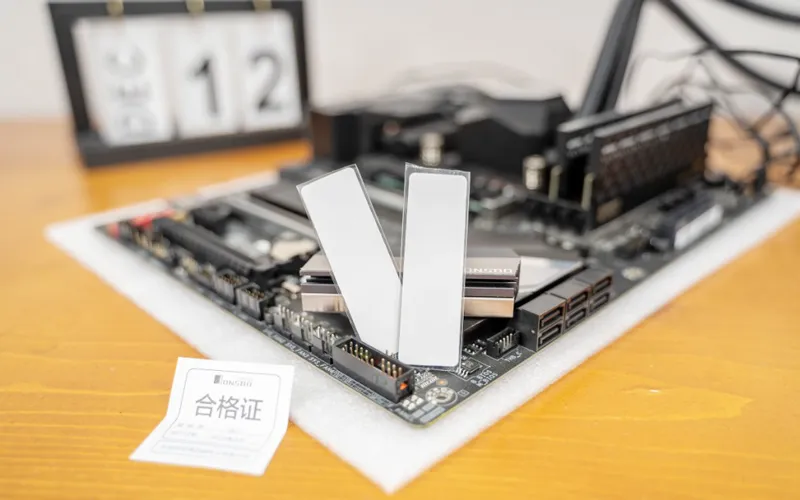Should I Put a Thermal Interface Pad on M.2 SSD?
- Posted on:2023-04-20 09:59:00
- Source:AOK Thermal Pad Manufacturer FAQs
Once the M.2 SSD was launched, it has been widely welcomed and praised. Everyone is full of praise for it's performance and size. No one would have imagined that such a large capacity M.2 SSD can be made so small.
But the small size brings not all advantages, but also brings many disadvantages. Due to it's small size and concentrated heat generation, the daily operating temperature of the M.2 SSD is always high. Before the M.2 SSD performance was not too strong, most of the M.2 SSD used the SATA protocol, and everyone was not so sensitive to the temperature of the M.2 SSD, but recently, the M.2 SSD of the NVMe protocol began to sell well, and the performance of the M.2 SSD began to skyrocket. The reading has skyrocketed from the previous 500MB/s to 3000MB/s or even 5000MB/s. Such a powerful performance must bring huge heat. Because powerful performance requires the support of the main control and memory chips, and due to the small size and concentrated heat generation, the high temperature problem of the M.2 SSD has begun to emerge.
If high temperature is just high temperature, then everyone doesn't care so much. However, high temperature will seriously affect the performance of M.2 SSD. Many M.2 SSD will slow down when the temperature is too high to ensure its stable operation. Faced with this problem, many friends will buy a piece of aluminum sheet to dissipate heat. It’s okay at the beginning or when the load is low. Once continuous reading and writing, or some high-performance M.2 SSD, only relying on a piece of aluminum sheet, it seems that it can’t get very good temperature performance.
For M.2 SSD, install a thermal pad is still very necessary, the difference between with and without is very large, and the maximum difference can be 20°C under high load conditions. Because there is no thermal interface pad, the temperature of the main control is extremely high, the heat dissipation area is small, and the heat dissipation efficiency is poor. With the heat conduction pad, the thermal interface pad can spread the temperature of the main control evenly, increase the contact area with the air, and increase the heat dissipation. Exchange efficiency, thereby effectively reducing the temperature of the M.2 SSD.
It's generally recommended to use a thermal interface pad on M.2 SSD, especially if they are being used for high performance tasks such as gaming or video editing. The thermal interface pad can quickly transfer the heat generated on the M.2 SSD to the radiator or heat sink, thereby effectively reducing the operating temperature of the M.2 SSD. This helps to dissipate heat and prevent potential issues with overheating. However, it's worth noting that some M.2 SSD come with pre-applied thermal interface pad, so you may not need to add an additional one.
A thermal interface pad is a material that is used to improve thermal conductivity between two surfaces. It's often used in electronic devices to transfer heat away from components such as CPU or GPU and towards a heat sink or fan. The pad is made of a soft, pliable material that conforms to the shape of the surfaces it is placed between, ensuring maximum contact and heat transfer. Thermal interface pads can be made of various materials, including silicone, graphite, and ceramic. They are commonly used in applications where there is a need for high-performance cooling, such as gaming PCs or servers.
If you would like to learn more about AOK performance thermal materials, please visit our website at www.aok-technologies.com.


